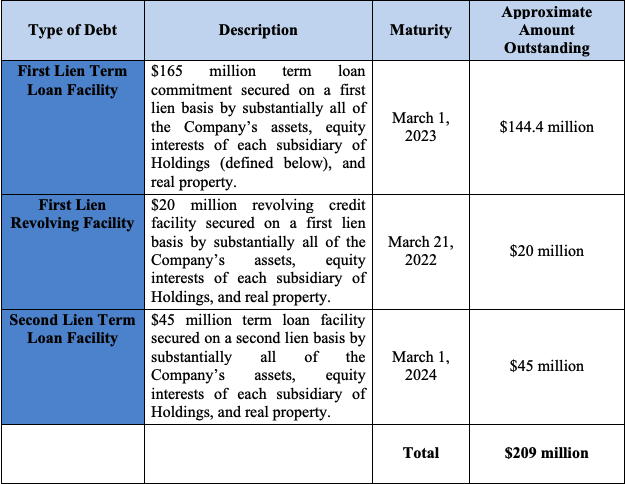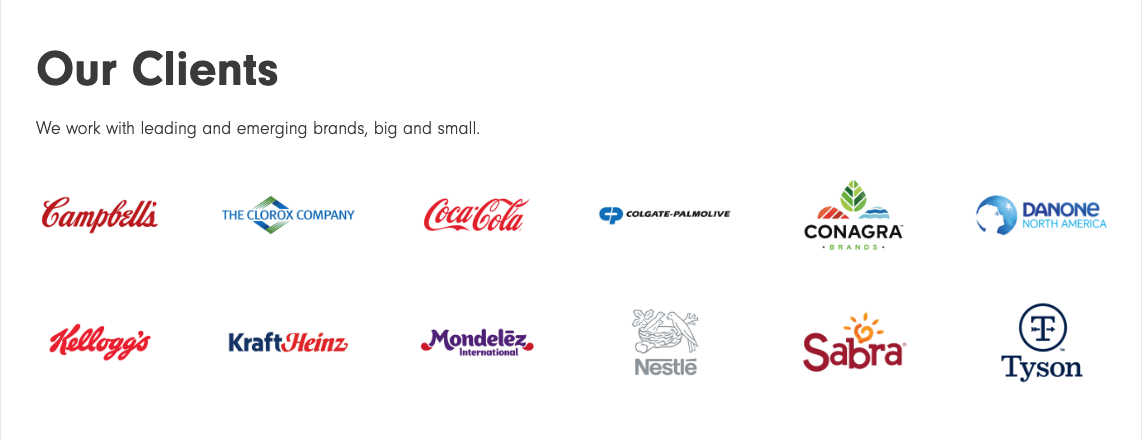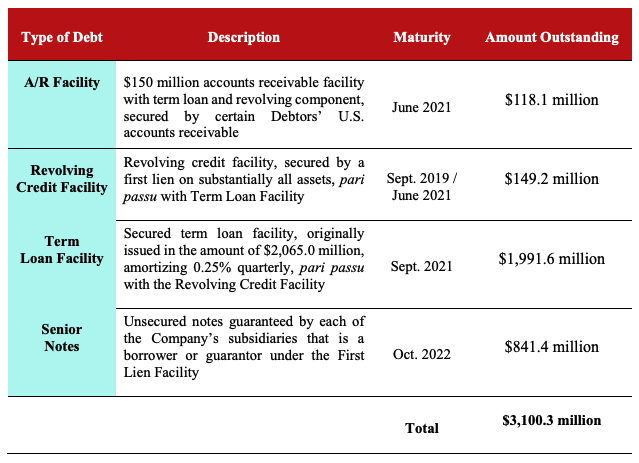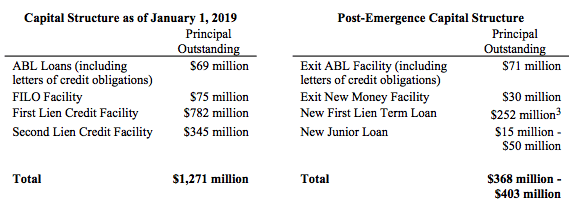🤖New Chapter 11 Bankruptcy Filing - BroadVision Inc. ($BVSN) 🤖
BroadVision Inc.
March 30, 2020
California-based BroadVision Inc. ($BVSN) and two affiliates (the “debtors”), developers of enterprise portal applications that (a) “enable companies to unify their e-business infrastructure” and (b) “conduct interactions and transactions with employees, partners, and customers through a personalized self-service model” filed a prepackaged chapter 11 bankruptcy in the District of Delaware over the weekend. Yeah, we have no idea what that means either. Given that the debtors reflect assets of $5.6mm, it seems we’re not alone. From what we can gather, these dudes sell some software that is one part internal business dashboard, one part CRM and B2B and B2C e-commerce, and one part publishing system.
The company has been a value destruction machine for years. In fact, the debtor has an accumulated deficit of approximately $1.3 billion since 2001 — mostly non-cash charges, but still.
The upshot here is that the company intends to effectuate a sale via a prepackaged plan of reorganization which would transfer the assets to a subsidiary (Aurea Software Inc.) of large equityholder ESW Capital LLC. ESW will fund the plan including payments to unsecured creditors, coming out with 100% of the equity interests in the reorganized company for its trouble. At the time of this writing, the more interesting thing is that the plan calls for a $4.375/share recovery for equity plus “their pro rata share of the Debtor’s cash on hand as of the effective date of the Plan (including proceeds from the sale of a block of IP addresse[s] owned by the Debtor).” Why is this interesting? Well, at the time of this writing, here is where the stock is trading:
There are only 5.1mm shares outstanding but if you could get your hands on some of that float, you’re talking a near-instant 10% recovery.* This reminds us of when Perfumania Inc. filed for bankruptcy in the middle of the Texas hurricanes and the market had a delayed reaction to the fact that equity would get paid out at a premium (PETITION Note: this is not investment advice and, more likely than not, by the time you read this on Wednesday, the gap will have closed). But we digress.
The proposed effective date is May 29, 2020 so, again, assuming you could even get your hands on some of the float, you’d have a little bit of risk with a two-month process.
*There are some caveats. The company notes:
“…the Equity Interest Recovery may be less than $4.375 per share of Debtor Common Stock in the event that (A) the Debtor has more than 5,142,333 shares of Debtor Common Stock outstanding (including all Outstanding Shares, Restricted Stock Awards, Restricted Stock Units and Permitted Stock Options, whether or not vested) or (B) the Debtor lacks sufficient Cash (including Cash-on-Hand and proceeds from the liquidation of the IP Addresses after the Effective Date) to pay all Case-Related Claims and Expenses and repayment of amounts, if any, incurred by the Plan Sponsor in connection with funding such Case-Related Claims and Expenses….”
Two things. First, there’s a 10,000 share delta between the 5,142,333 and the actual number of shares that would be outstanding if the Permitted Stock Options are exercised at $4.70/share. It seems unlikely that these options would be exercised unless cash on hand surprises to the upside (i.e., the IP addresses fetch surprisingly high prices). Second, would you be willing to stake your bet on restructuring professionals keeping administrative expense claims down? If so, more power to you. You’ve got a 10% margin of error.
Jurisdiction: (Judge Sontchi)
Capital Structure: No funded debt.
Professionals:
Legal: DLA Piper LLP (R. Craig Martin, Joshua Morse)
Directors: James Dixon, Robert Lee, Francois Stieger
Claims Agent: Epiq Corporate Restructuring (*click on the link above for free docket access)
Other Parties in Interest:
Purchaser: ESW Capital LLC
Legal: Goulston & Storrs PC (Trevor Hoffman) & Morris Nichols Arsht & Tunnell LLP (Derek Abbott)














